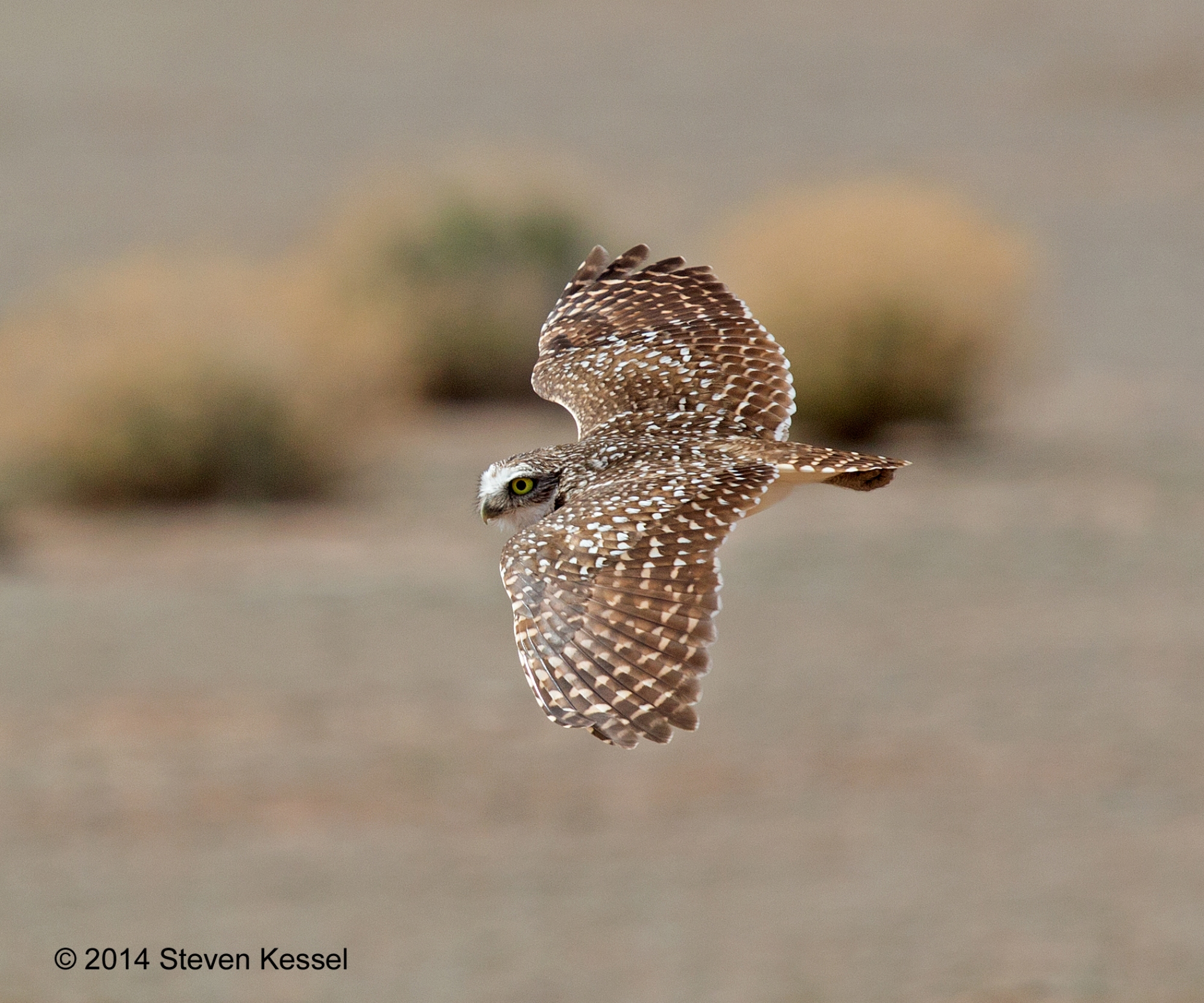You may enlarge any image in this blog by clicking on it. Click again for a full screen image.
I’m going to take another brief break today from posting images from coastal Alaska and British Columbia. Fall in southern Arizona is a season with a lot of wildlife activity and I want to keep current with events. I will take us back to the Pacific Northwest tomorrow.
The other day I drove among the grasslands of Sonoita with two photographer friends, Ned Harris and Rene Clark. Sonoita is about 40 miles southeast of Tucson and the habitat there is very different from our local desert due to Sonoita’s significantly higher elevation (more than 4000 feet as opposed to our 2800). The area consists mostly of grasslands that resemble the prairies east of the Rocky Mountains and in the intermountain west.
Different habitat supports different species. The Sonoita area supports a small but healthy population of Pronghorns.
Pronghorns are a uniquely North American species. Many incorrectly call Pronghorns “antelopes,” but they are not antelopes nor are they closely related to antelopes or anything else. Pronghorns evolved on America’s grasslands many millennia ago when those grasslands were populated by a variety of large mammals, including Mammoths and Mastodons, that have gone extinct. Pronghorns survive as an artifact of that era and in some parts of the West they thrive. In Arizona, there are only small and scattered populations of the animals. The Sonoita Pronghorns were introduced to replace local animals that vanished decades ago.
It appears to be the fall breeding season for Pronghorns. Ned, Rene and I happened on a group of four of these animals, three males and a female. The males were standing at a respectful distance from the female, who ignored them. As we watched, one of the males separated from his cohort and trotted up to the female. Still at a distance of a dozen yards or so, he expressed his interest in the female by arching his neck and rolling his eyes in what he may have intended to be a seductive display. The female is not shown in this image or in the next: the animal standing behind our male is another male.
He continued to strike poses for several seconds as the female stood nearby.
Then, he walked close to the female and extended his neck and head towards her. This was the decisive moment. Would she accept him?
No! The female, indifferent to the male’s advances, turned and strode off, leaving the male looking crestfallen (in my opinion).
At that moment I could imagine the male’s two rivals snickering behind his back.
Images made with a Canon 5Div, 100-400 f4-5.6 ISII zoom lens, aperture priority setting, ISO 400. First three images, f6.3 @ 1/800. Final image, f9 @ 1/800.





These animals look beautiful, especially when viewed in this environment. Lovely!
Vowww..looking beautiful..!!
Beautiful!
I can’t imagine what would cause the female to reject these truly handsome males!